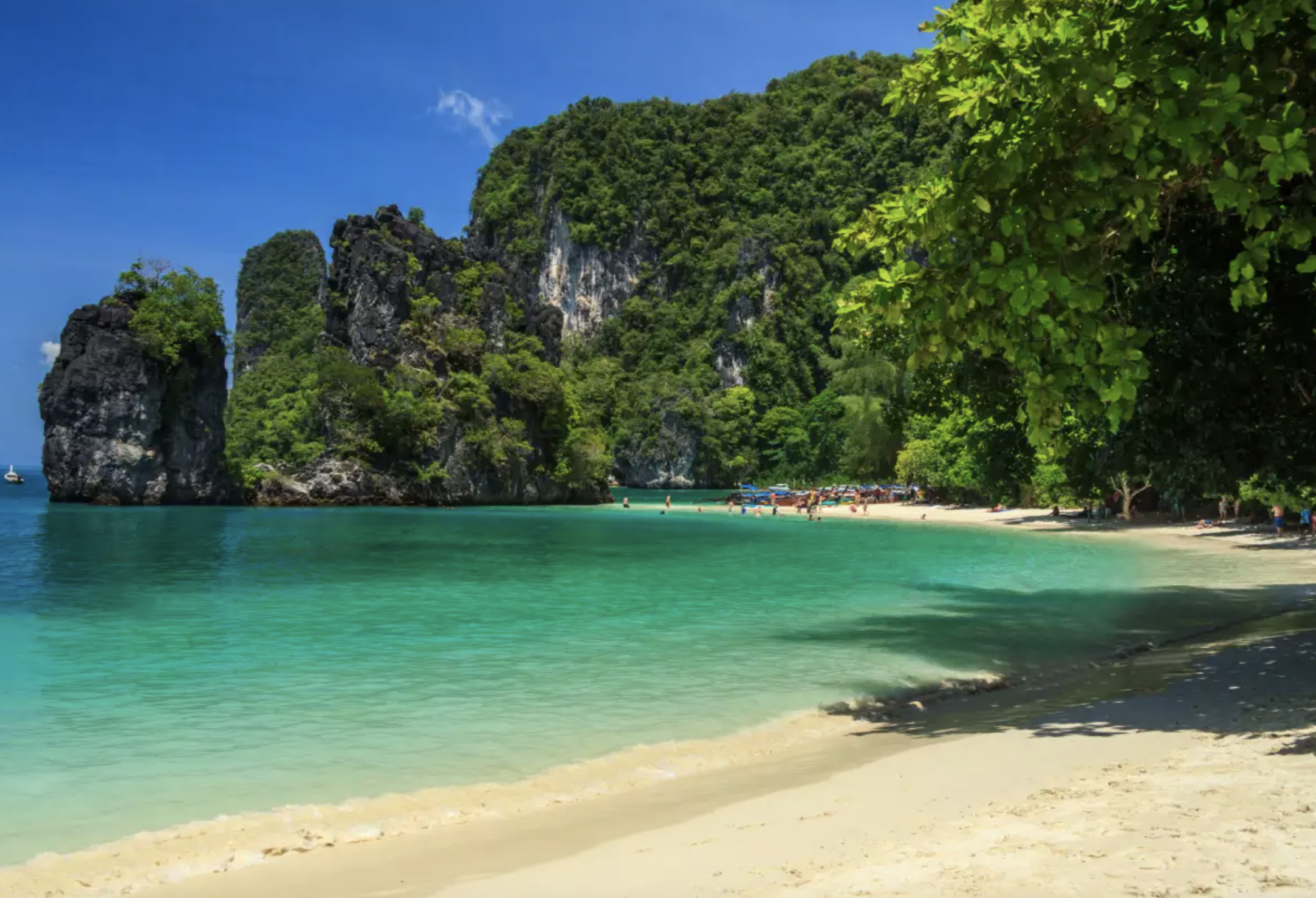Campbell Bay Overview
Campbell Bay National Park, nestled on Great Nicobar Island in the Andaman and Nicobar Islands of India, is a pristine and remote wilderness spanning approximately 426 square kilometers (164 square miles). Located in the Bay of Bengal, this national park forms a vital part of the Great Nicobar Biosphere Reserve and is renowned for its lush tropical forests, striking biodiversity, and captivating natural features.
The park’s landscapes are characterized by dense mangroves, tropical evergreen forests, and pristine coastal areas. Rugged terrain, with rolling hills and occasional small streams, creates a perfect habitat for its diverse wildlife. The park’s coastal regions are adorned with picturesque beaches and coral reefs, while its inland areas feature an array of vegetation, including ferns, orchids, and towering hardwood trees.
The park’s wildlife is as remarkable as its landscapes. Campbell Bay National Park is home to several rare and endemic species of animals and birds. Key mammalian inhabitants include the Nicobar tree shrew, saltwater crocodile, and wild boar. Among its bird species, the Nicobar pigeon, megapodes, and white-bellied sea eagle stand out, captivating bird watchers and wildlife enthusiasts alike. The park’s location and ecosystem also support marine life, with sea turtles and an array of fish frequenting its waters. Reptiles such as snakes and lizards also thrive in the tropical habitat, adding to the region’s ecological diversity.
A prominent feature of Campbell Bay National Park is its rich coral reefs, teeming with marine life. These reefs, along with the untouched beaches, are among the park’s most popular attractions. The Great Nicobar Island is also known for Mount Thullier, its highest peak, which rises prominently within the park’s landscape. The island’s natural beauty and unspoiled environment draw nature lovers and adventurers alike.
Visitors to Campbell Bay National Park typically engage with the park through guided treks, wildlife safaris, and bird-watching excursions. Snorkeling and diving are also popular activities, offering an unparalleled opportunity to explore the underwater world of vibrant coral and marine species. Access to the park is limited due to its remote location, which helps preserve its pristine condition but requires special permits for visitors.
Conservation efforts at Campbell Bay National Park face challenges, primarily due to its vulnerability to natural disasters like tsunamis and the isolation of Great Nicobar Island. However, the park’s inclusion in the Great Nicobar Biosphere Reserve has facilitated its protection and management. The Indian government and various environmental organizations have worked tirelessly to conserve the park’s unique biodiversity. These efforts include habitat restoration, species monitoring, and marine conservation initiatives, which have yielded some success in preserving this ecological treasure.










































































